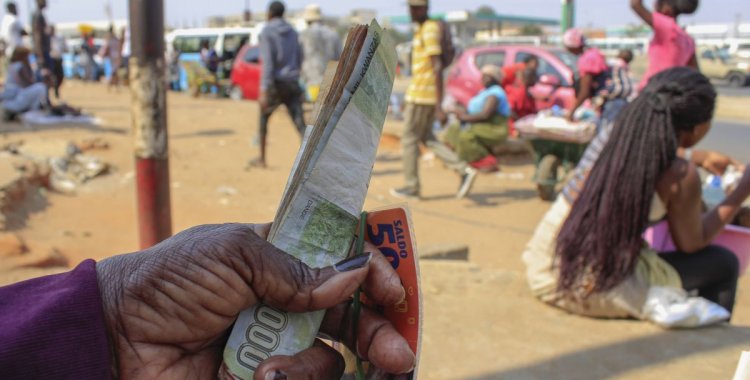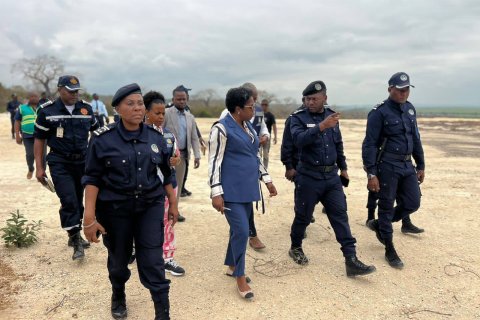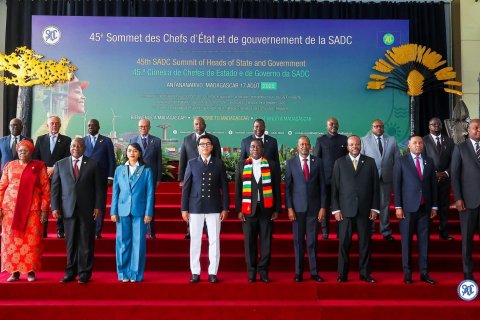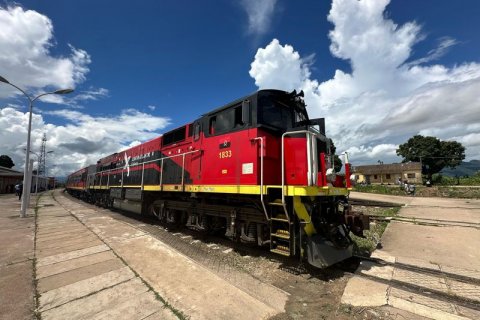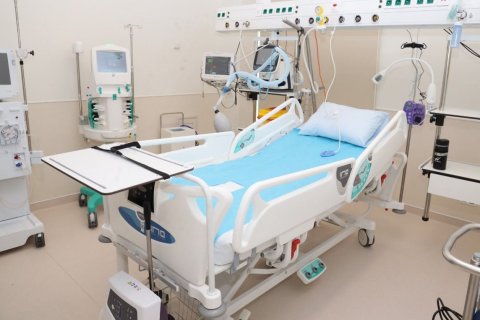"The kwanza has shown signs of more pronounced depreciation in the parallel market in recent weeks, having fallen by around 18 percent during the month of October, according to our calculations", reads the weekly analysis that BFA analysts make of the economy Angolan.
In the comment, sent to customers and to which Lusa had access, BFA highlights that this 35 percent gap "is the widest gap since August 2020" and adds that "despite a path of decreasing imports compared to the peak recent, the pressure on the demand for foreign exchange still exceeds the supply of foreign exchange to the market".
This happens, they explain, for two reasons: "On the one hand, oil companies are providing less currency than in 2022; on the other hand, the scenario of decreasing external public debt, with the State paying off more debt than the new financing to occur, caused the Treasury to stop selling currency to the market".
The kwanza has lost almost 40 percent since the beginning of the year, mainly at the end of the first half of the year, and has been relatively stable since then; In May, each dollar was worth around 510 kwanzas, but the value of the national currency fell sharply between May and the beginning of July, having remained stable since then, at around 835 kwanzas per dollar.
According to consultancy Capital Economics, the loss of value of the Angolan currency compared to the dollar, combined with the imposition of austerity measures, including the cut in fuel subsidies, "will push inflation to more than 25 percent in the next months", so the central bank should respond with a 300 basis point increase in the key interest rate, to 20 percent.
In the State Budget for 2024, the Government foresees a growth in the Gross Domestic Product (GDP) of 2.8 percent in 2024, as a reflection of the growth of the non-oil sector, with a rate of 4.6 percent, and inflation in the order of 5.3 percent.
The projections of the Angolan economy for the economic year 2024 are described in the report justifying the proposal for the General State Budget (OGE) 2024, which points out that the gross financing needs, in 2024, are valued at 10 billion kwanzas, corresponding to 13.7 percent of GDP.
The Minister of Economy and Planning, Mário Caetano João, said on Wednesday that the contraction in oil production levels created a scenario of reduced availability of hard currency in the foreign exchange market, in the first half of this year, resulting in the depreciation of the kwanza against the United States dollar by around 40 percent.
“This environment of slowdown in the real economy and the foreign exchange market severely affected the process of consolidating public accounts and the stability of the general price level in the economy, with year-on-year inflation reversing its downward trend in May, settling at around of 15 percent in September this year”, said the government official, at the opening of the 2nd edition of the Angola Economic Outlook 2023, in Luanda, under the theme “Human Capital as a Decisive Factor for Development”, organized in partnership with Economy and Markets magazine.
Regarding the depreciation of the kwanza, the deputy governor of the National Bank of Angola (BNA), Pedro Castro e Silva, said that by 2024 it is expected that African countries will continue to have less access to the debt market.

